Meet the unsung heroes of the Yorkshire dance scene
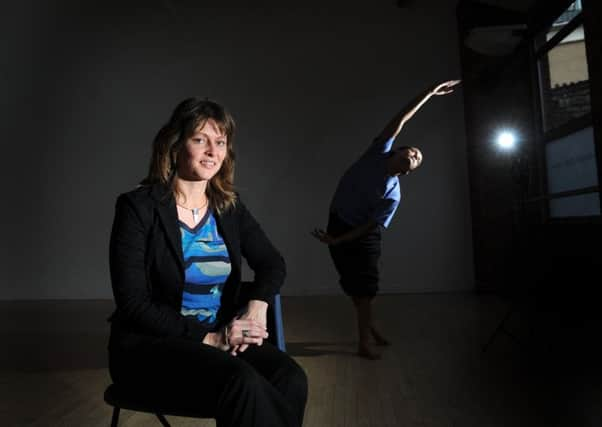

Wieke Eringa and her team at Yorkshire Dance are on a mission. And, especially at the moment, it couldn’t be a more laudable, or necessary, one.
The artistic director of the Leeds-based charitable organisation which champions the value of dance and its development in the region, Eringa is passionate about the positive benefits, both as participant and viewer, of the art form to which she has devoted much of her life.
Advertisement
Hide AdAdvertisement
Hide Ad“We do three things at Yorkshire Dance – we invest in artists to help them develop their work and careers, we work to increase participation and engagement and we take part in research,” she explains. “Quite often they are seen as very separate things. Rarely is there genuine dialogue between artists and the public. What we are most interested in is connection and communication, especially following Brexit and the sense of a hardening political landscape which is becoming more racist, misogynist and anti-European. So we came up with the phrase ‘dance activism’ – how can dance make a difference?”
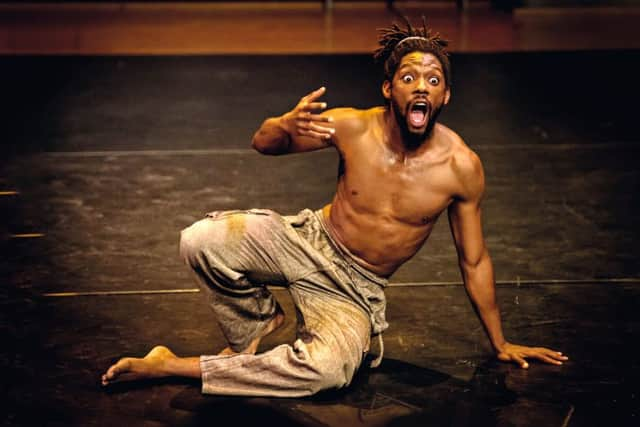

Yorkshire Dance has been answering that question in myriad ways over the years, working on projects with young people, older people, those living with dementia, communities with little access to the arts, dancers with a learning disability, the list goes on.
They could be described as the unsung heroes of Leeds’s rich, acclaimed dance scene – which also includes Northern Ballet, Phoenix Dance Theatre and the Northern School of Contemporary Dance – quietly working away in the background across the region on numerous engagement projects and collaborations and, through their Friday Firsts programme, showcasing new work.
While they may be less visible than their more high-profile colleagues – who also participate in community engagement – as a force for good, their credentials are pretty unassailable.
Advertisement
Hide AdAdvertisement
Hide AdBorn and raised in the Netherlands, Eringa says that she “came to the UK on a gap year and never left.” Although she had a music background, she ended up studying at the London Contemporary Dance School and went on to a successful career as a dancer for several years. She then became a teacher and choreographer before working in programming and community outreach at Sadler’s Wells Theatre.
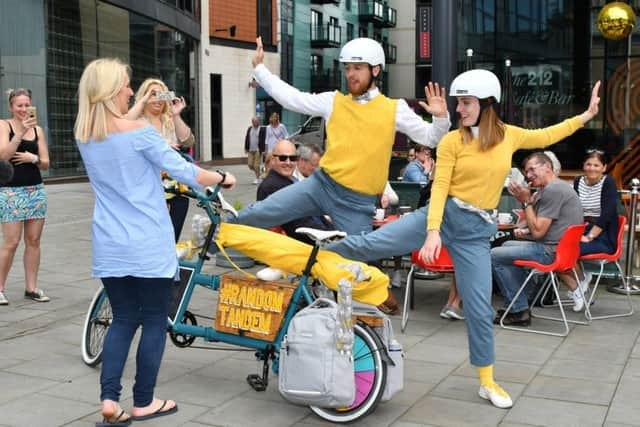

Her move north came when she took up the post of director of learning at Northern Ballet, prior to becoming CEO and artistic director at Yorkshire Dance 10 years ago. “My interests have always been both in participation and outreach and the artistic side, so I have my feet in both camps,” she says. “Everything we do is about development and inclusion. We are interested in representation – can you as an audience member see yourself on stage? Our work is very much about reaching people in innovative ways.”
The organisation is currently involved in a number of exciting projects, all of which could be described as dance activism. Next month they will be hosting the UK leg of a major European dance project entitled Performing Gender which involves six partner organisations representing five European countries – Spain, the Netherlands, Slovenia, Italy and the UK. The project uses contemporary dance to investigate how differences in gender and sexual orientation are viewed in dramatically varied ways in different societies across Europe.
“Each project has one artist and one dramaturg representing each country making a dance piece,” says Eringa. “All the artists are coming to Leeds for a week at the end of May to work on their projects. We raised some money through Leeds Inspired and we are working with people from the LGBTQ+ community in Leeds, who will join in and work together with the five artists. It is an inclusive project targeted at people who have an interest in exploring gender.” The Performing Gender artists will be presenting a work-in-progress performance at Yorkshire Dance at the end of their intensive week of practical work and academic study, provided by Leeds Beckett University.
Advertisement
Hide AdAdvertisement
Hide AdResearch is very much part of the organisation’s remit – they have an ongoing partnership with the University of Leeds with whom they have been collaborating for a number of years, alongside Public Health Leeds and Leeds Community Health Care, studying the impact of dance on the health and wellbeing of older adults. “We have worked with hundreds of elderly people including going in to care homes and working with the most socially isolated,” says Eringa. “We can see evidence of the positive impact of dance, particularly in the area of fall prevention. And it is fun – dance is playful and uplifting.”
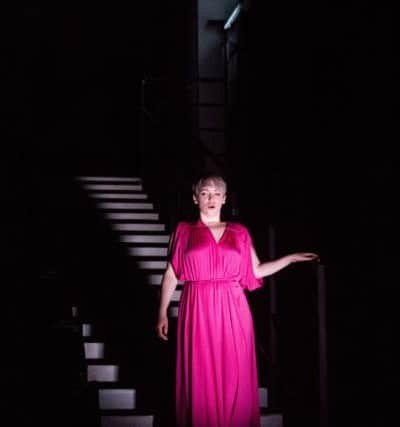

The latest part of this long term project has been the introduction of new Dancing in Time dance classes for the over-55s in community centres in Holbeck, Belle Isle and Holt Park. “Traditionally we tend to think that dance is done by young people with hugely toned, young beautiful bodies,” says Eringa. “Part of our activism is around how to broaden our sense of what is beautiful.”
The new classes will allow researchers to add new data to their studies. “The longer-term plan is to develop a randomised control trial,” says Eringa. “We want all these groups to be sustainable.”
In Mature Company is another of their projects working with older people. The three-year programme, starting in June, will take place in care homes across Leeds, exploring the impact of dance and music in reducing the loneliness and social isolation of residents living with dementia.
Advertisement
Hide AdAdvertisement
Hide AdInclusivity is a core principle. Last month, in partnership with inclusive Durham-based dance organisation TIN Arts, Yorkshire Dance launched The Talent Hub, a two-year professional development programme for dancers with a learning disability, autism or both.
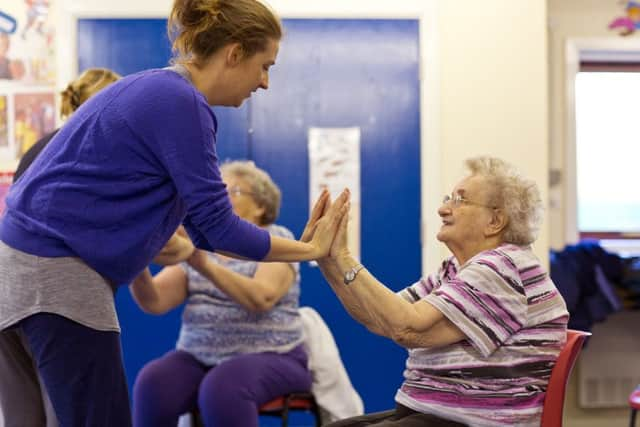

The programme is designed to help those involved progress professionally. Over the two years participants will work to create new dance pieces which will then tour in 2020.
An enormous amount of work is undertaken with young people both within their own premises in Leeds’s cultural quarter, and in the community. “Three years ago we got an ACE research grant to study the impact of the youth company,” says Eringa. “It’s difficult as a funded arts organisation to say ‘this is really making a difference’ – we have to provide the evidence, but we see the increase in self-confidence and engagement.”
There is also the positive effect of being part of a team, making a commitment to yourself and others in developing a performance piece to be shared with others. Also in Yorkshire Dance’s busy building they have an extensive programme of classes throughout the week including flamenco, salsa, jazz, street dance, ballet, samba, Bollywood and contemporary, for all ages and abilities.
Advertisement
Hide AdAdvertisement
Hide AdThere is plenty of anecdotal evidence to support the idea that engagement with the arts is hugely beneficial in terms of health and wellbeing. But what is it about dance that is so special?
“On a basic level it is about raising your heartbeat, but it is also about the physical being combined with the imagination and creativity – in that respect it is unique as an art form,” says Eringa. “And when you watch dance, research has shown that the audience also react physically and empathetically in a way that surpasses cerebral interpretation.”
That empathetic response is key. “Now, in our troubled times, we need empathy more than ever,” says Eringa. “We need to connect with each other – and dance provides sheer joy both through watching it and taking part in it. I feel really quite evangelical about this.”
Yorkshire Dance – Burst, a showcase of student dance, May 4; the sharing of Performing Gender takes place on June 1. www.yorkshiredance.com